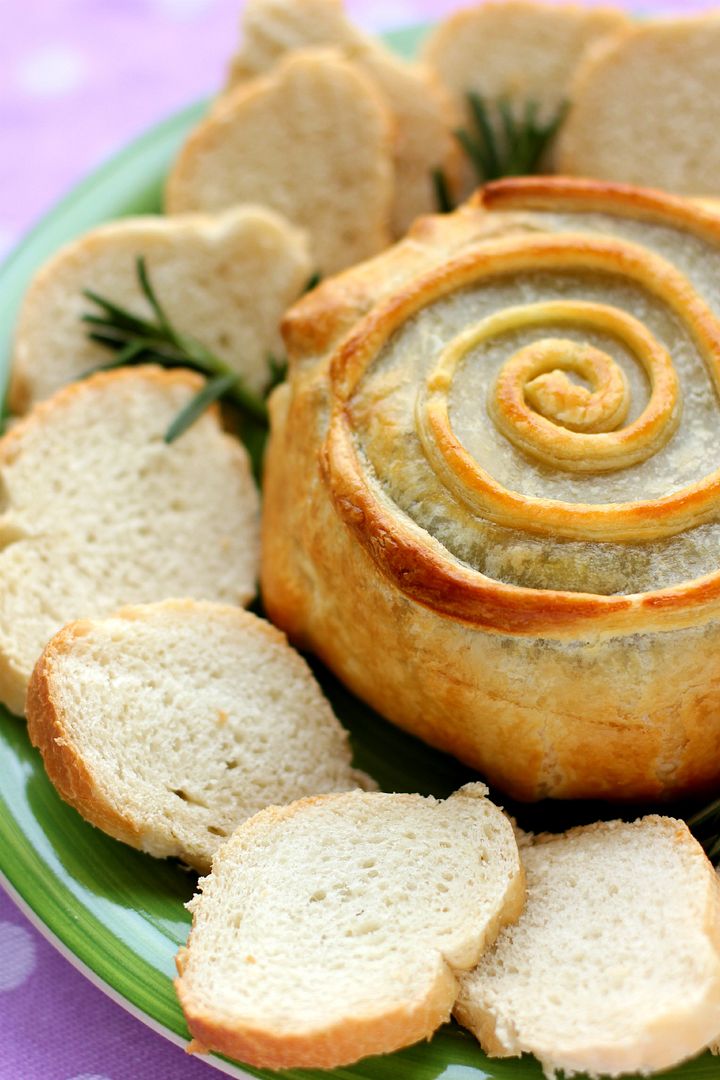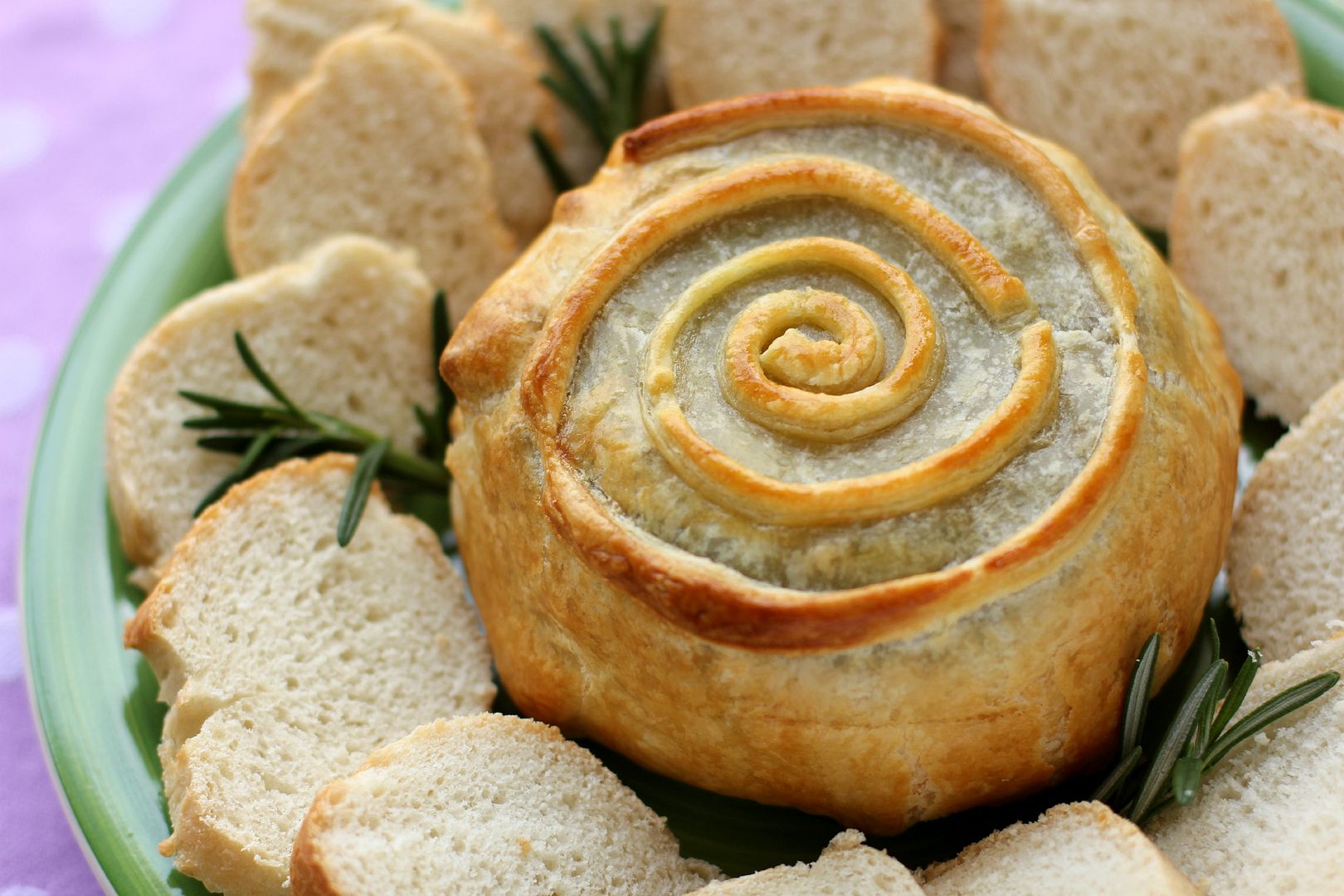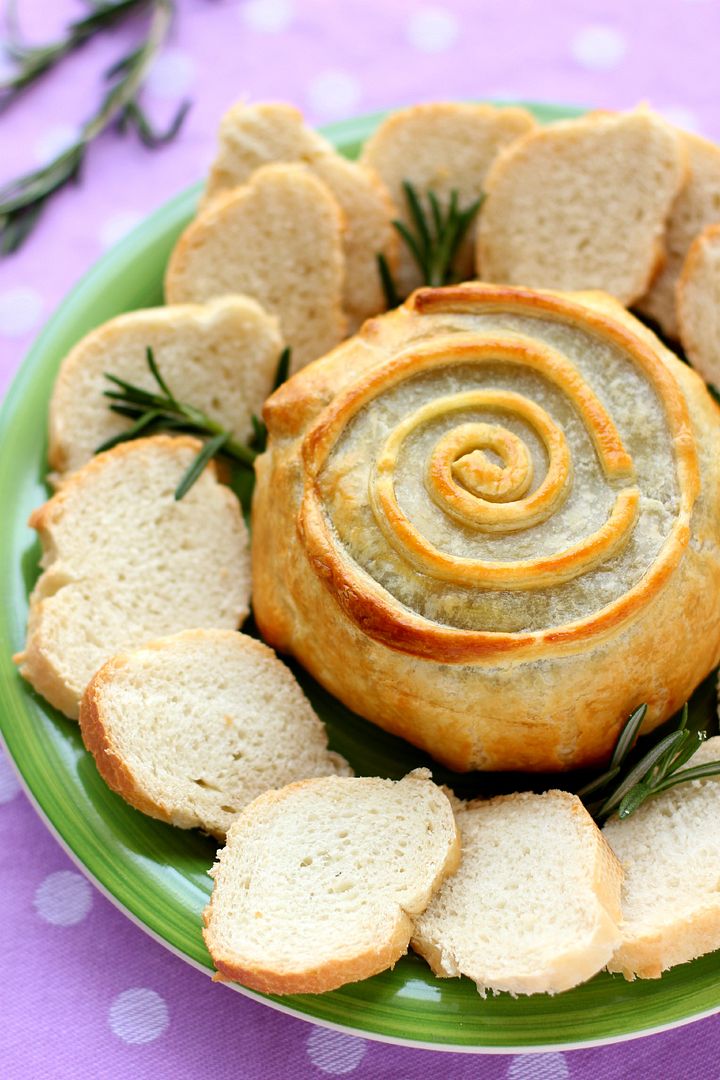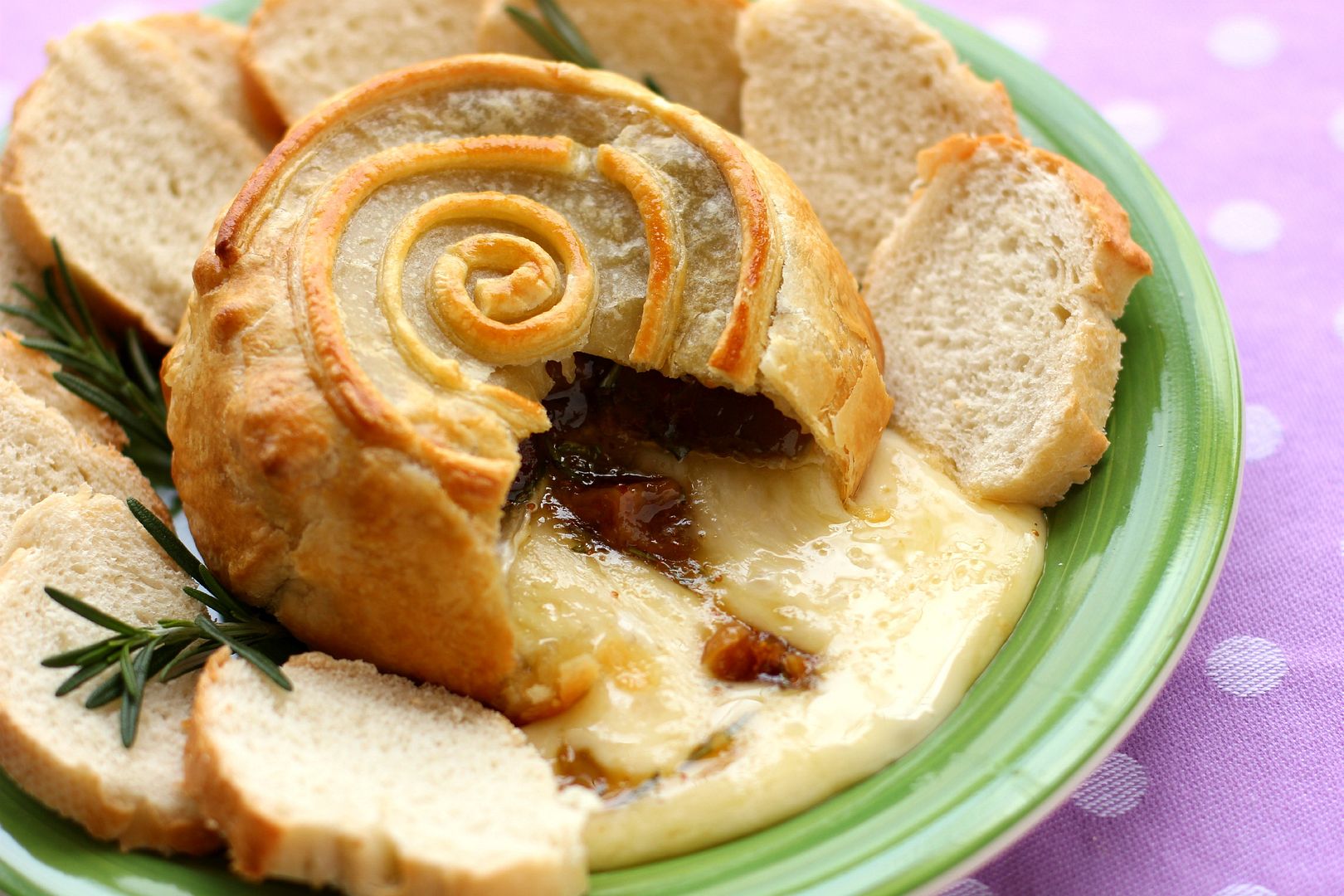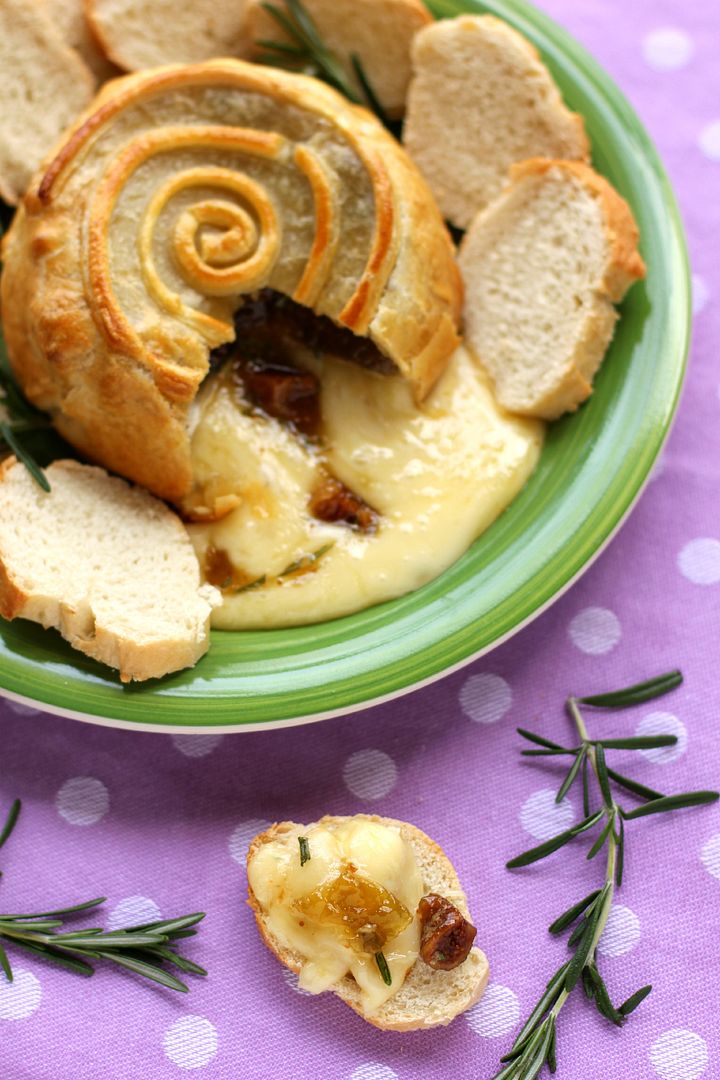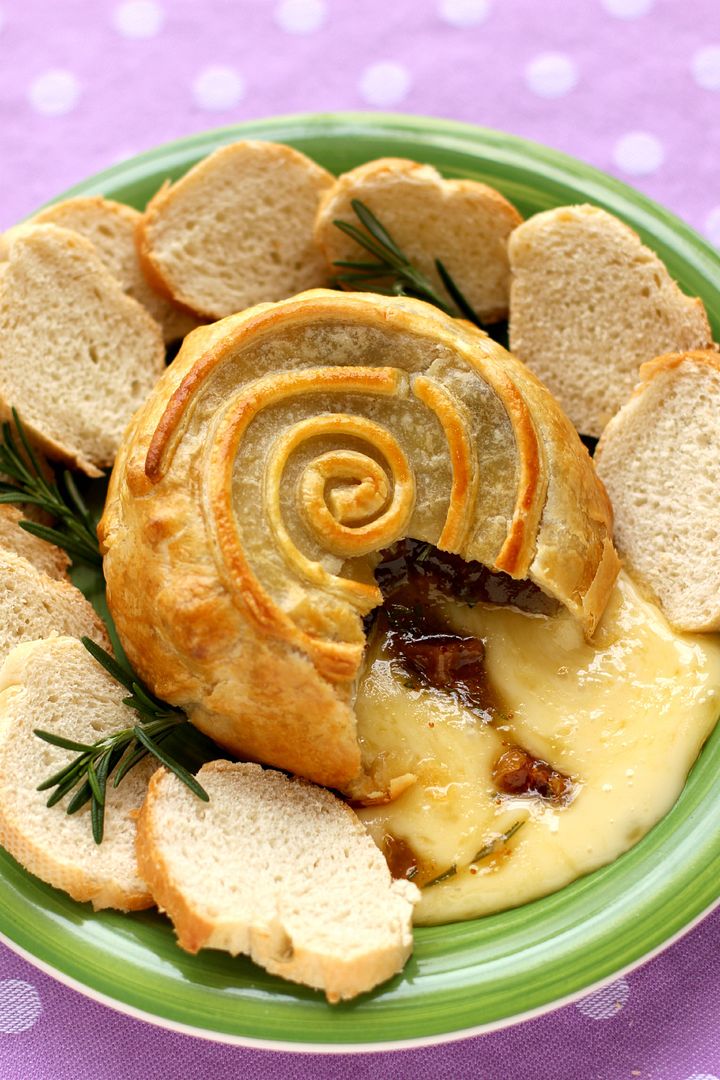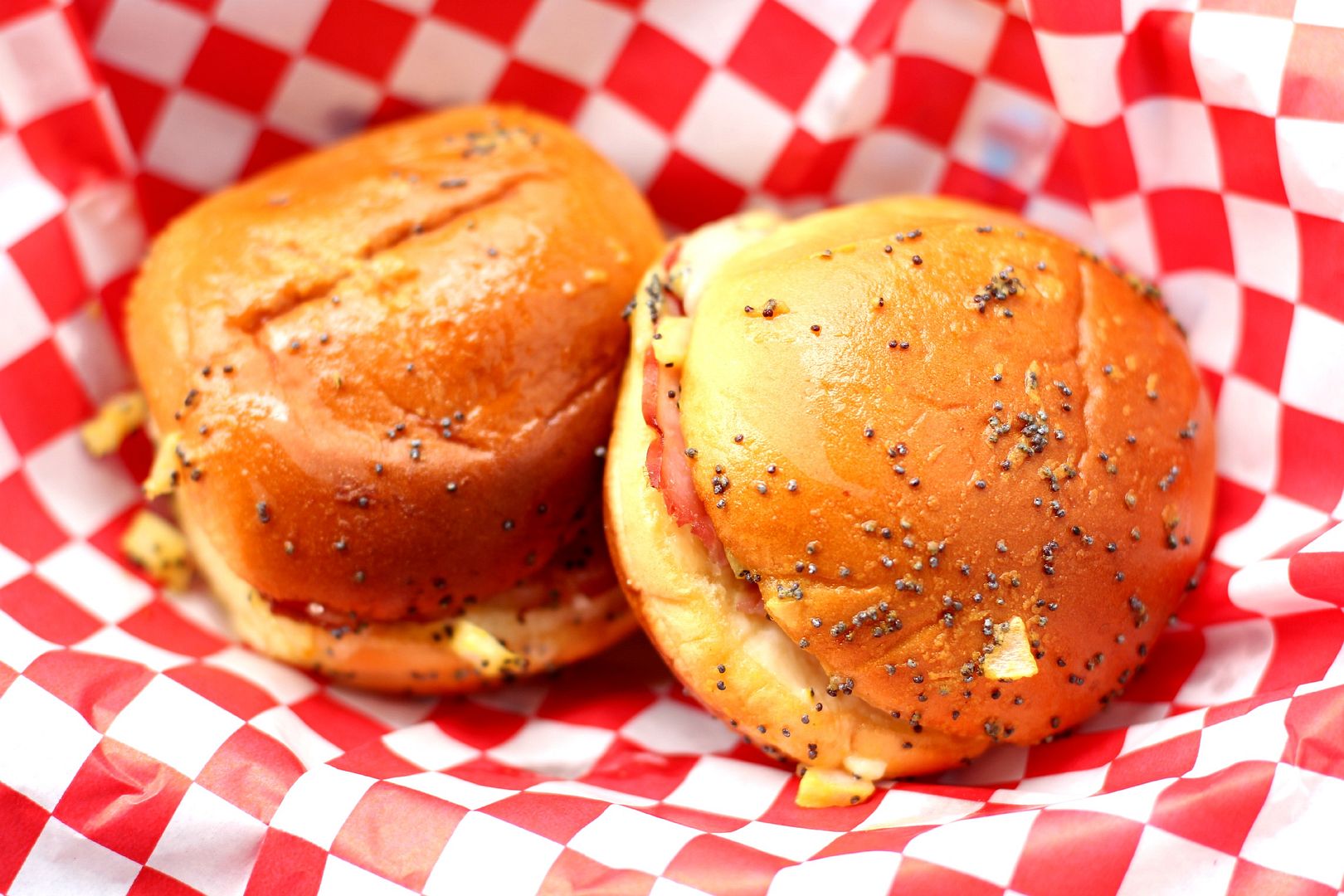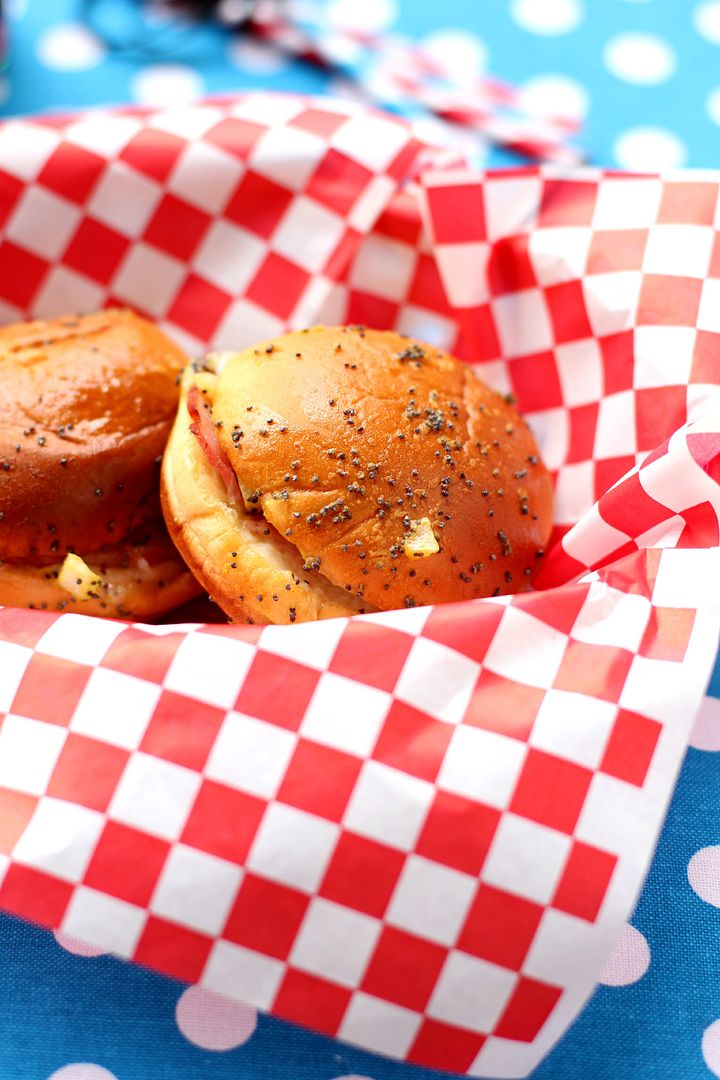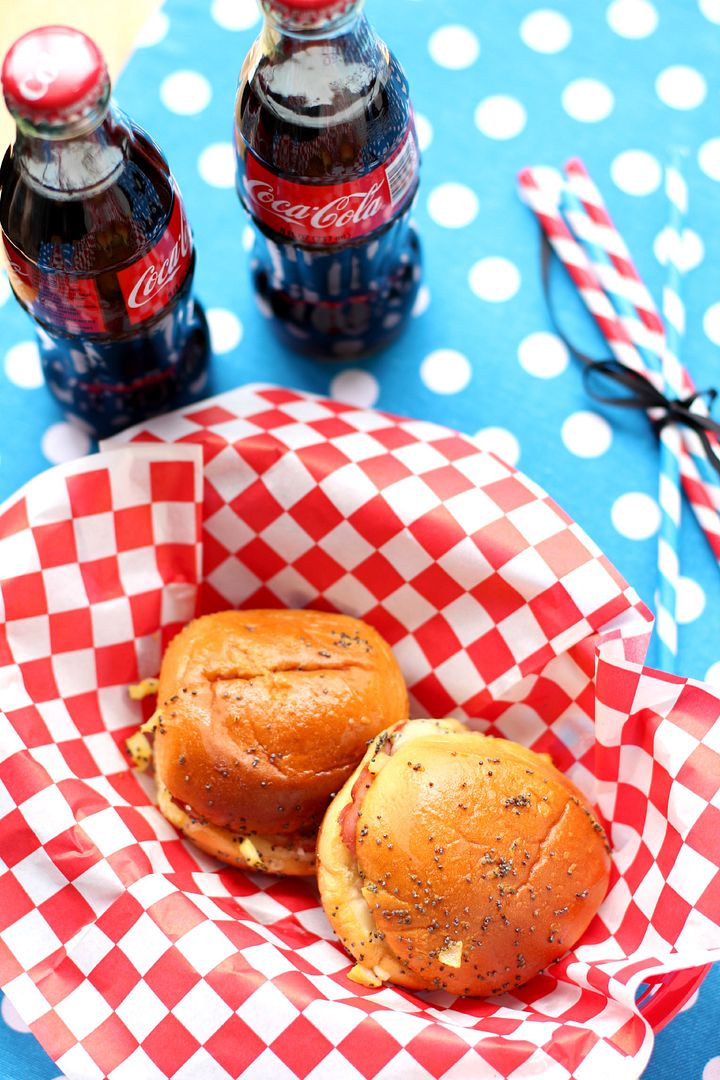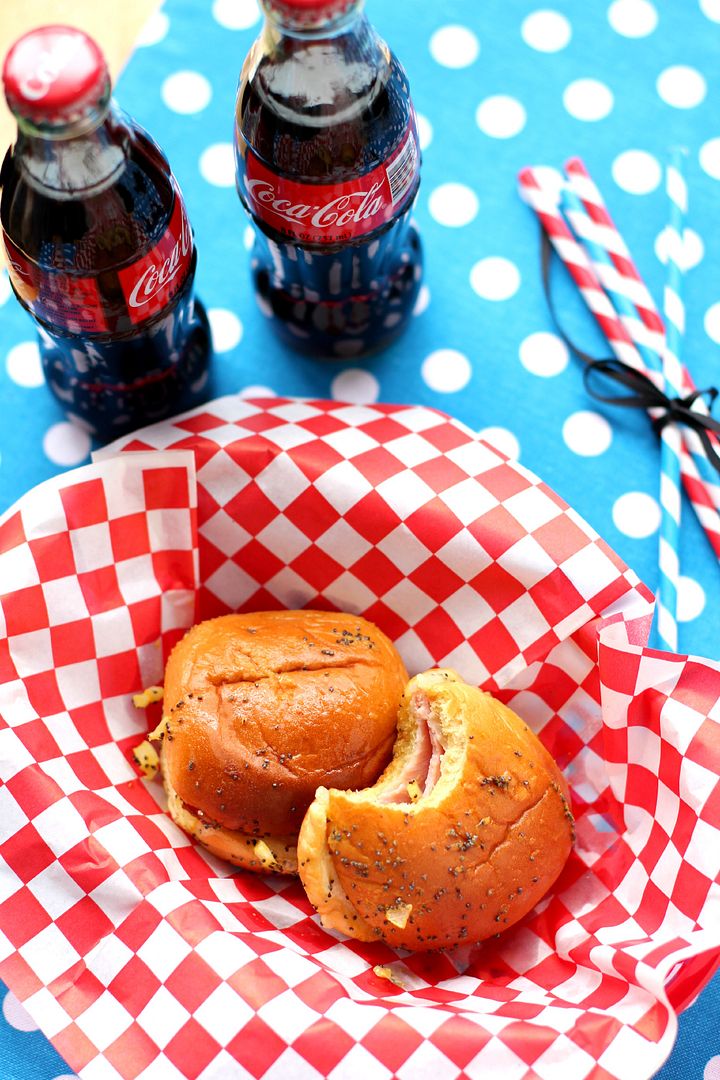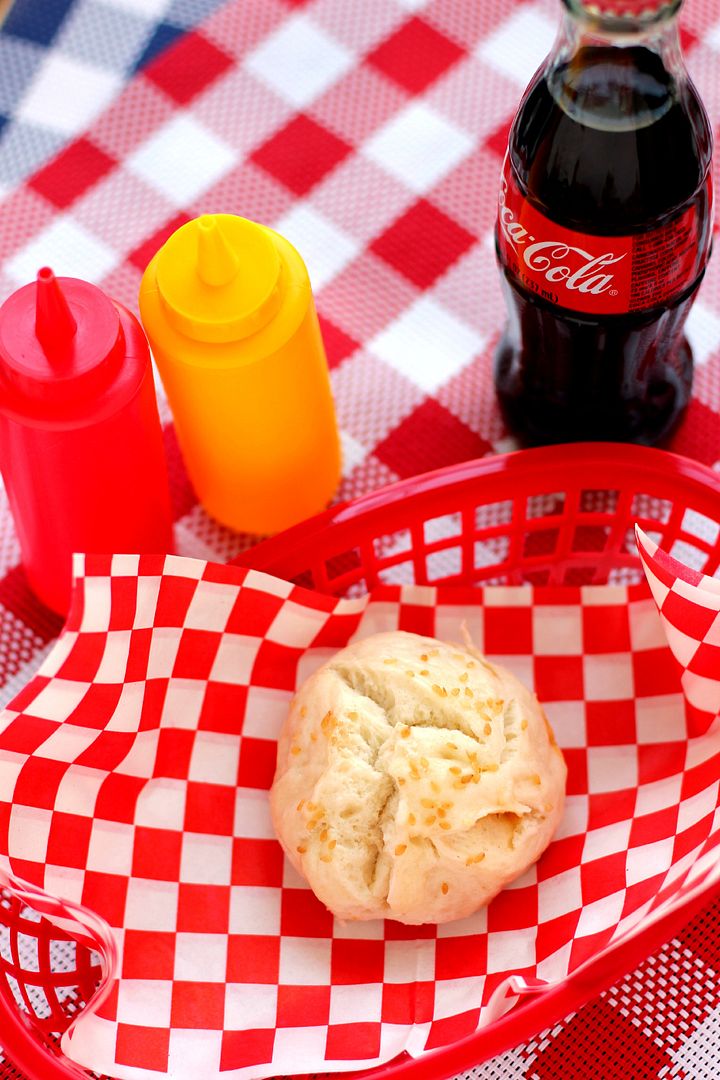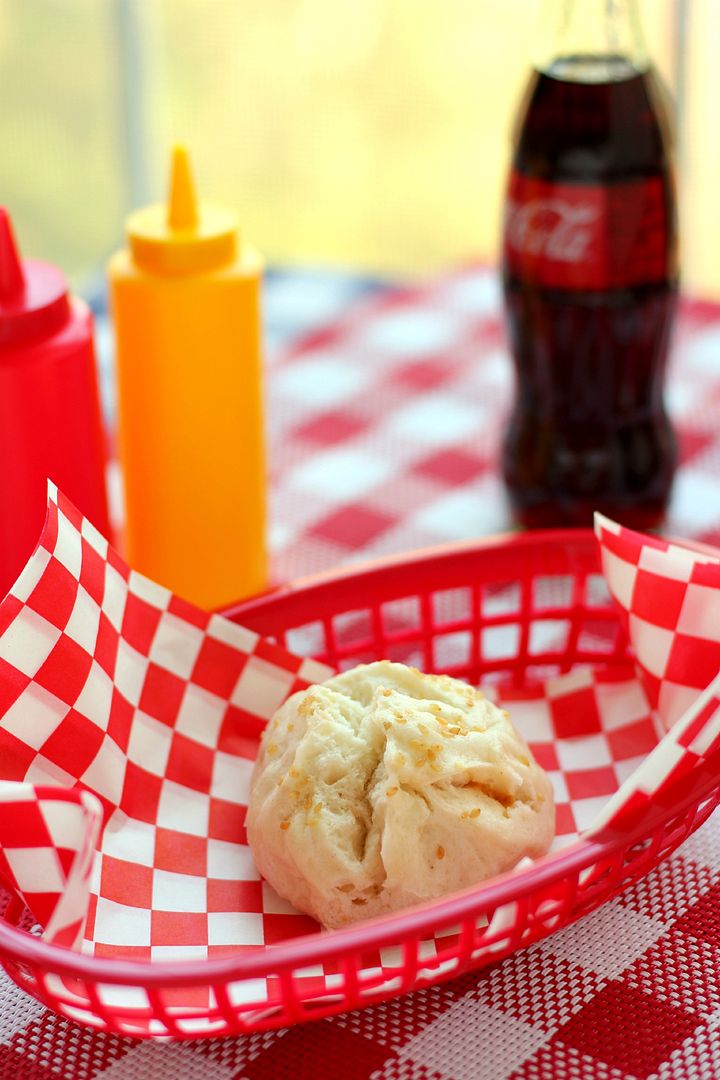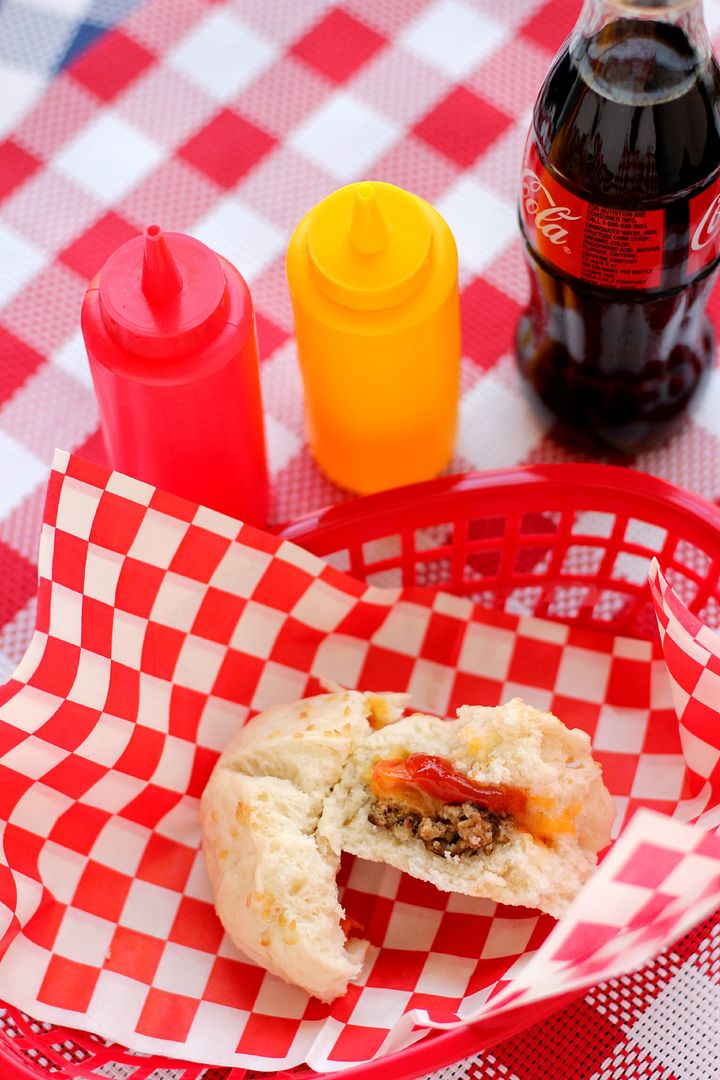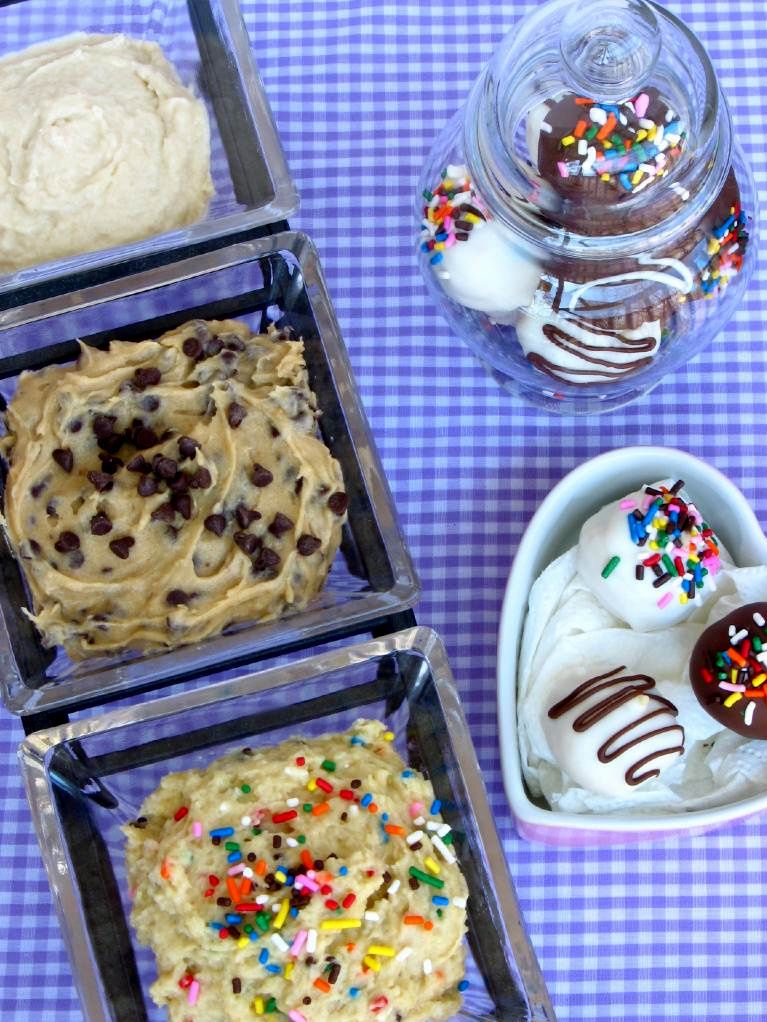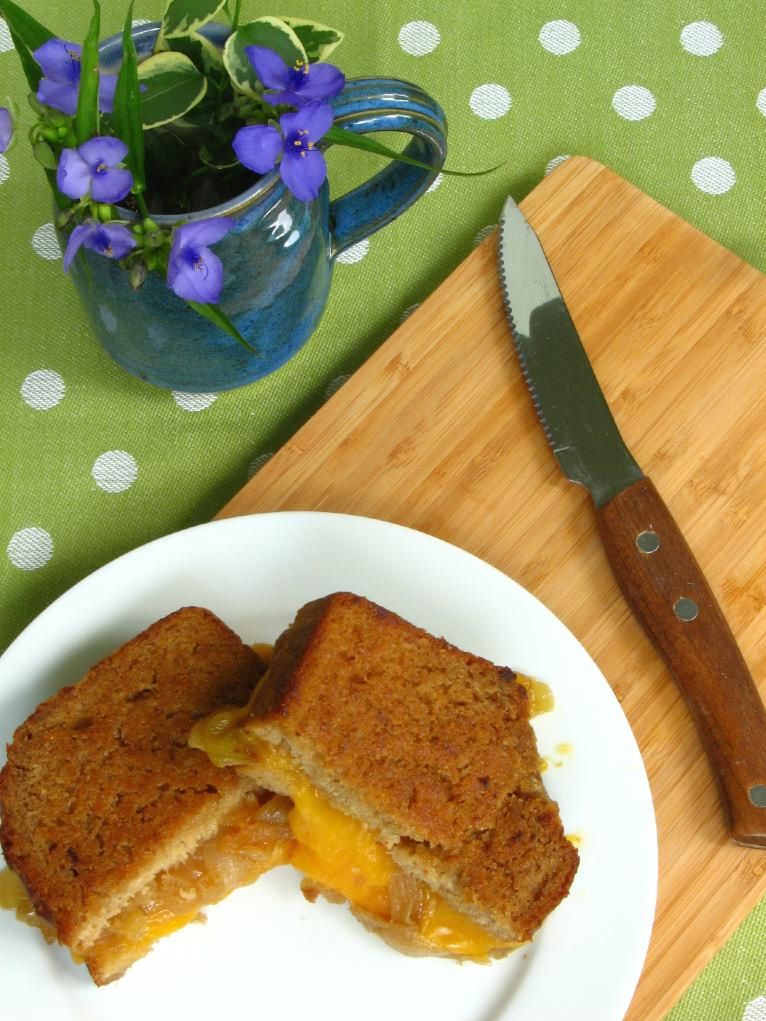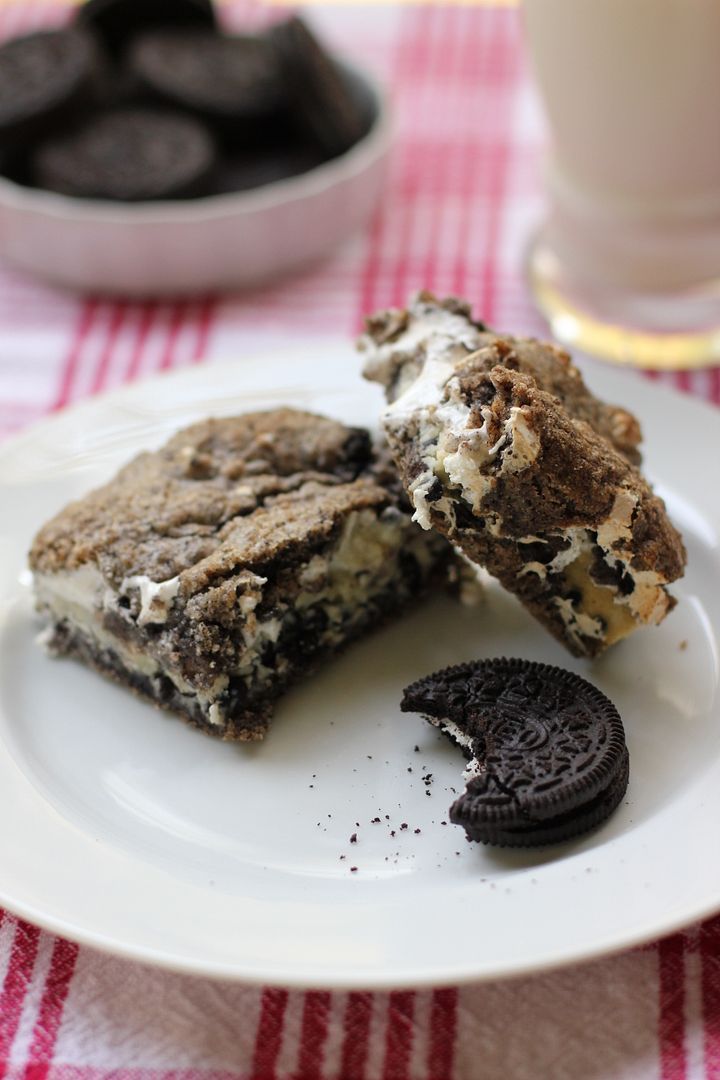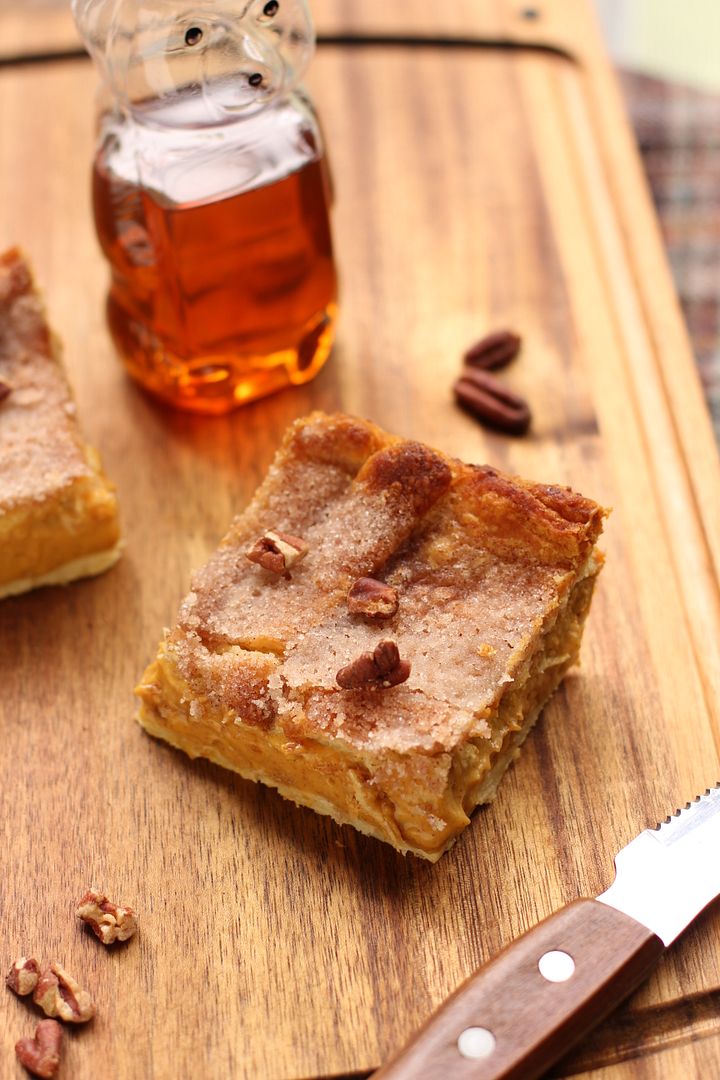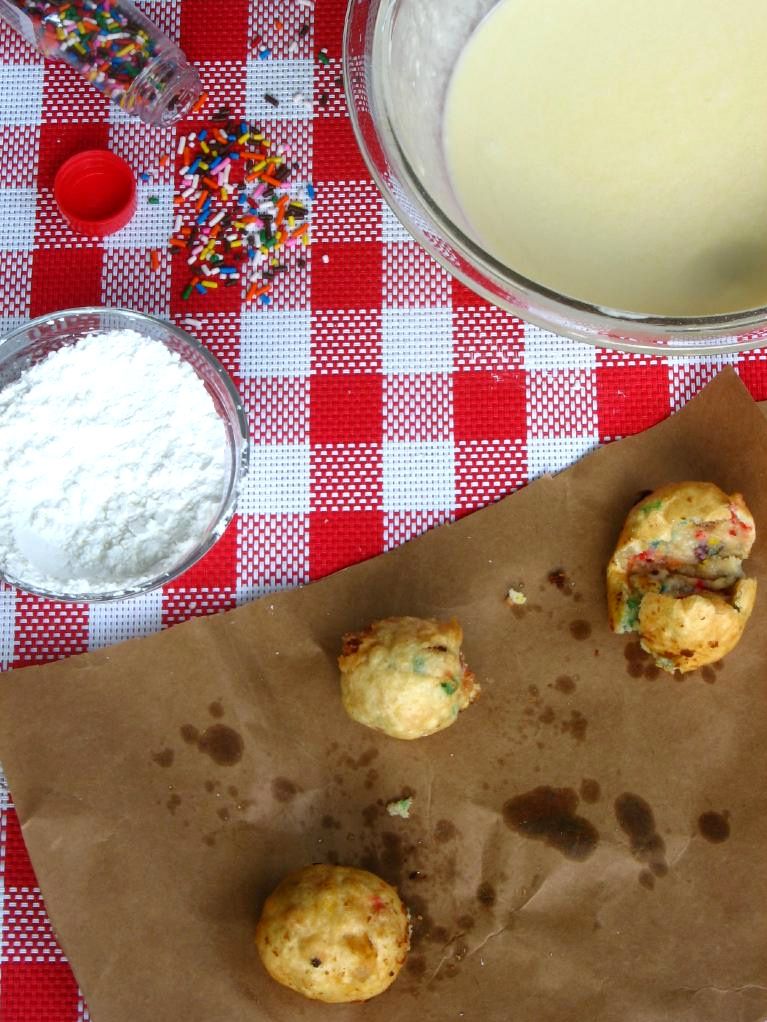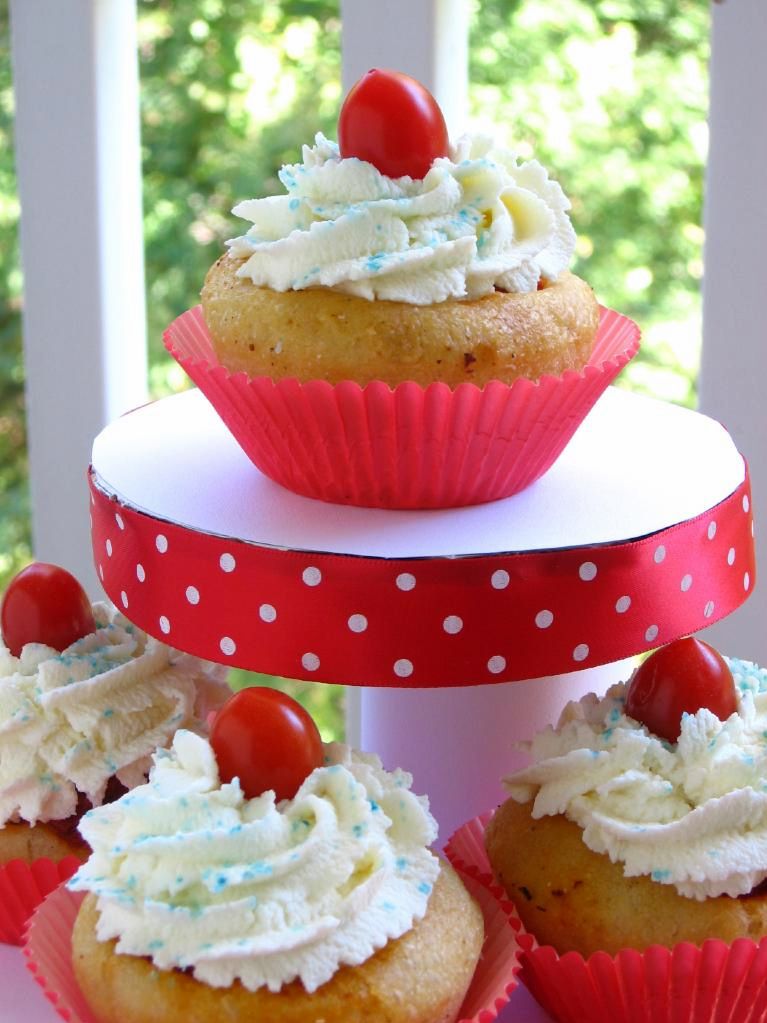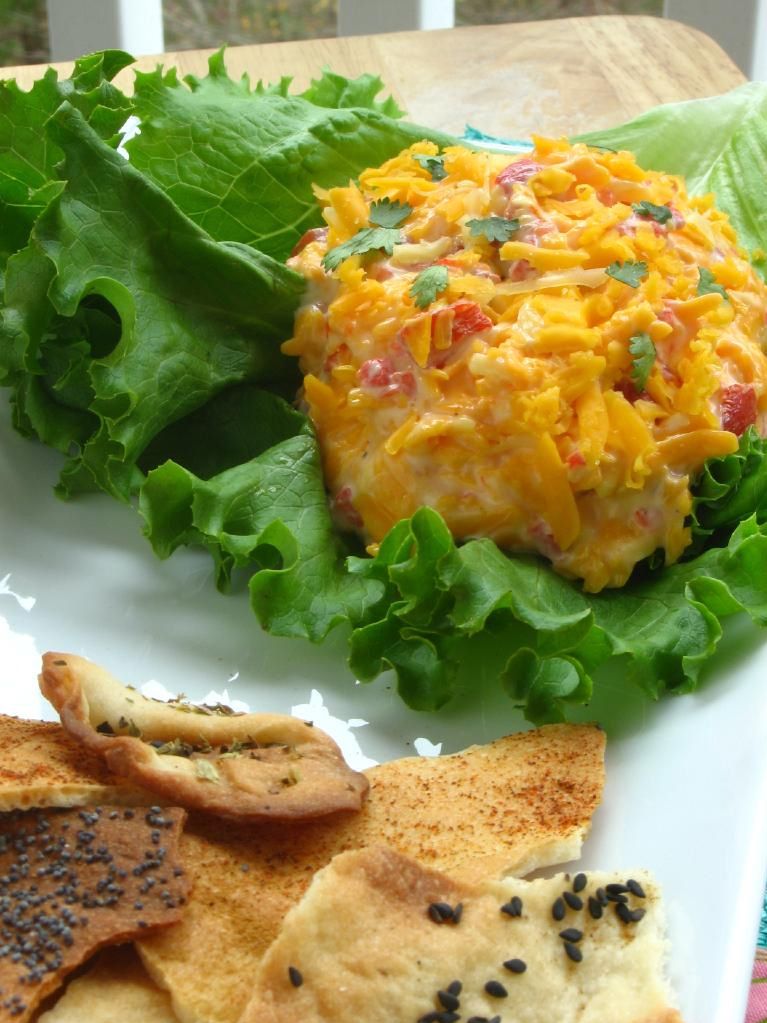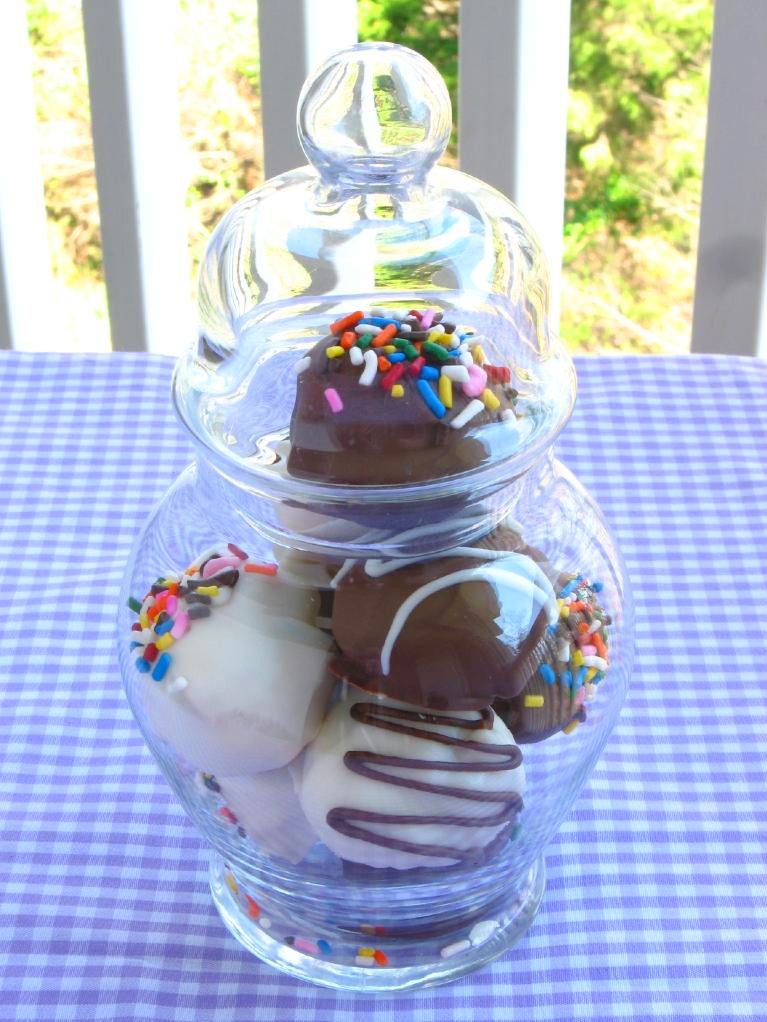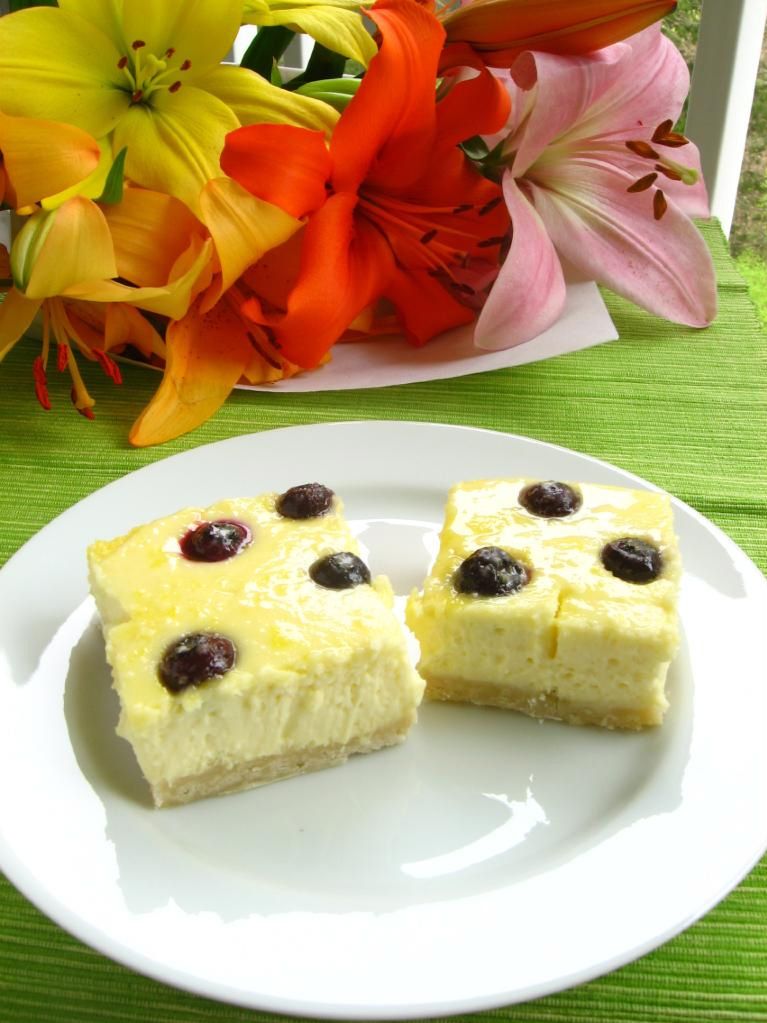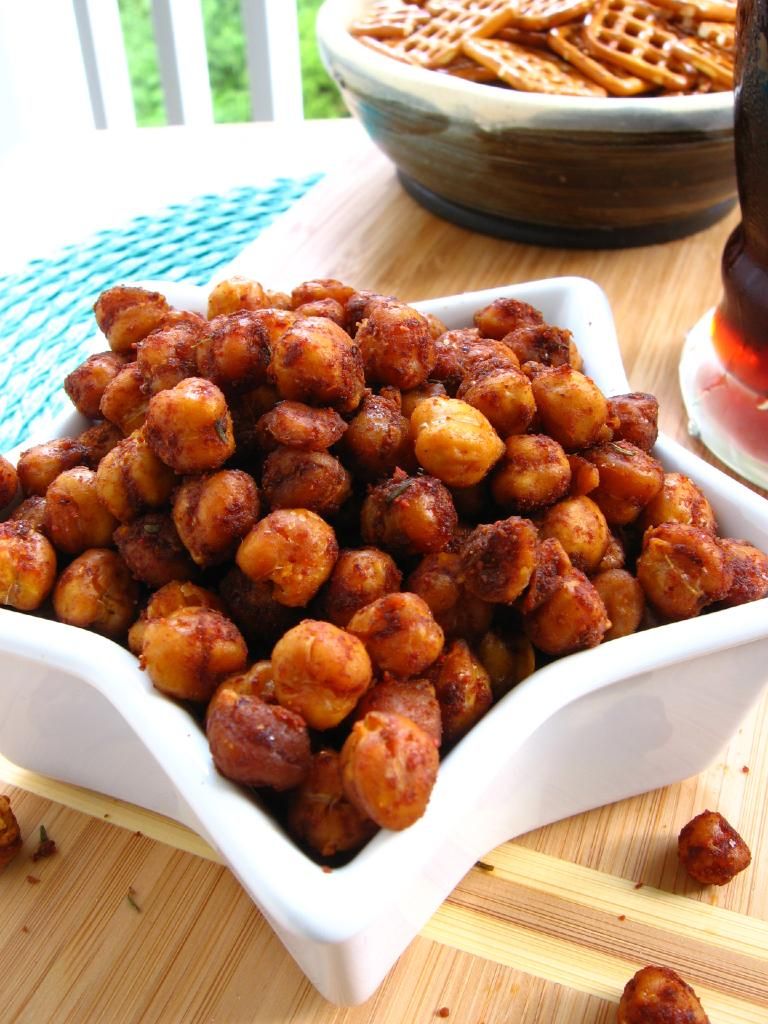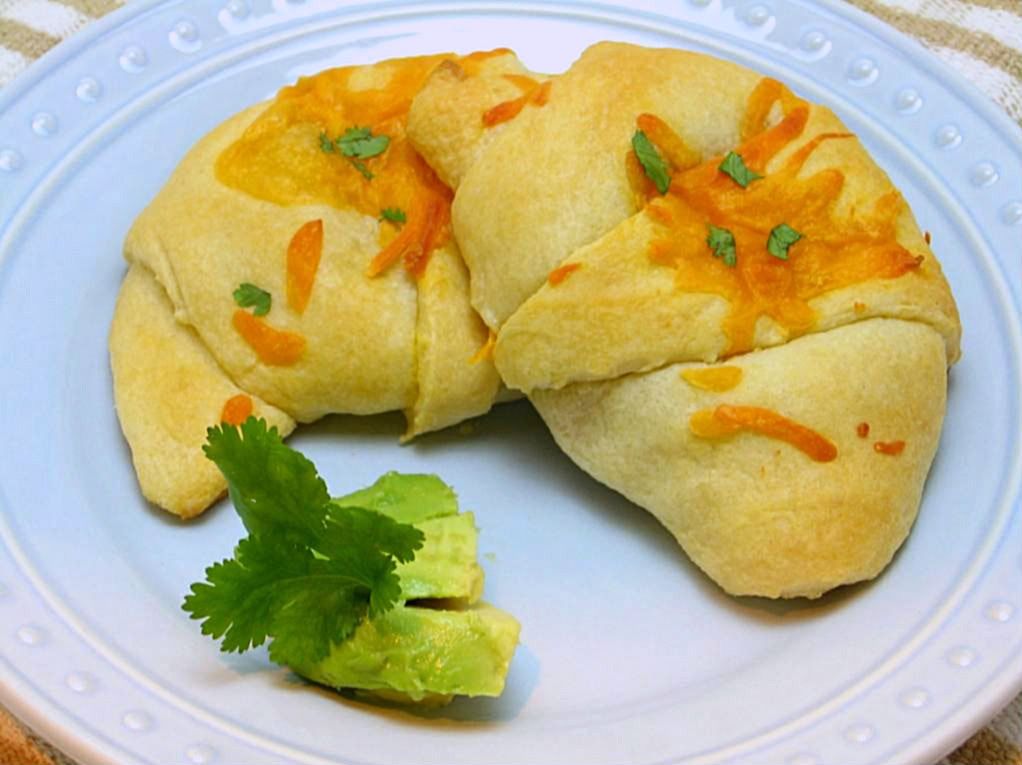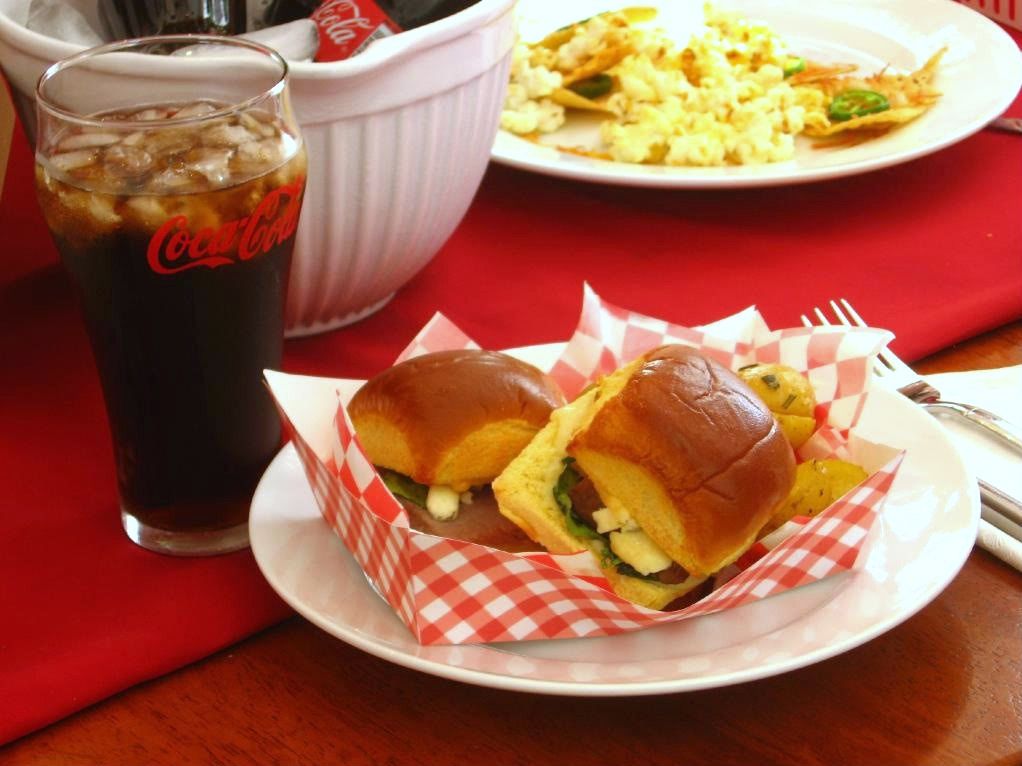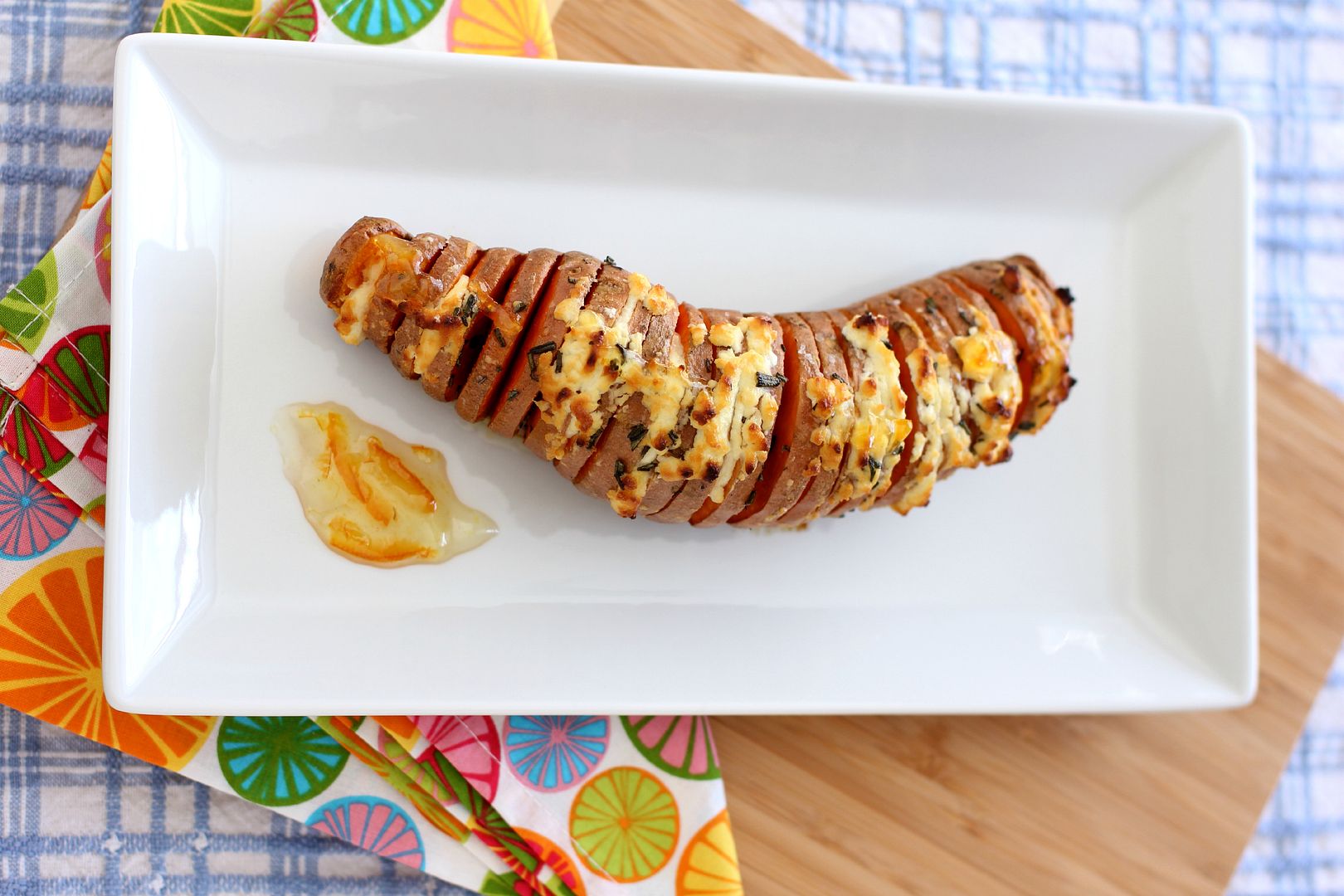
In light of Willow Bird Baking’s Cooking Hard Stuff Challenge, I’ll be sharing some tips for tackling new or challenging recipes throughout the month of March. If you haven’t signed on for the challenge yet, make sure you read about it and join in the fun.
My first bit of advice about how to Cook Hard Stuff (or really, how to cook anything at all) is going to seem half obvious and half new agey, but it’s important enough to harp on a bit.
Cooking Hard Stuff Tip #1: Read and visualize the recipe.
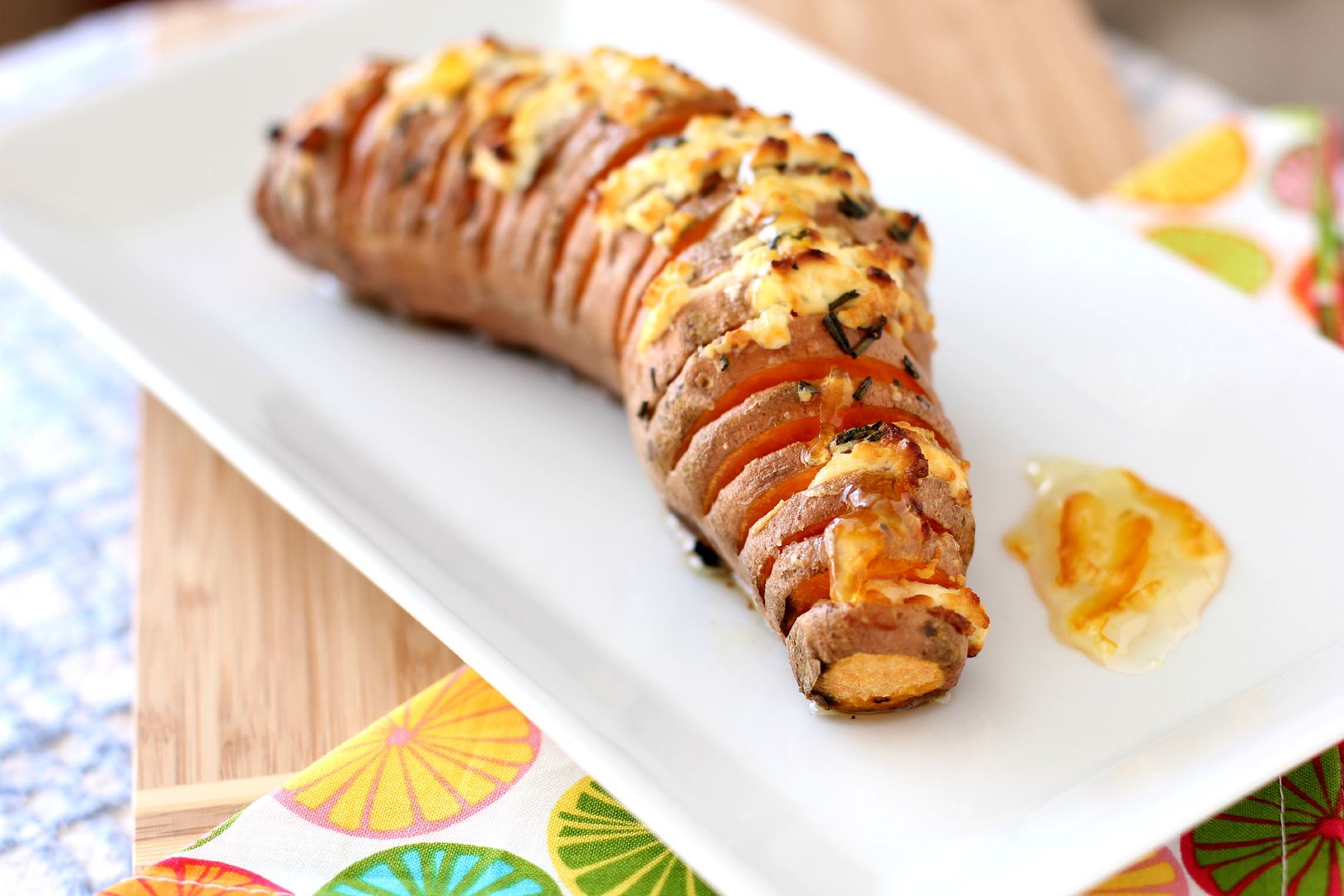
Once upon a time, I treated a recipe like a labyrinth. I started at the beginning without any knowledge of what was ahead, putting one foot in front of the other and hoping I eventually reached the other side.
It was exciting, for sure. Suddenly, I’d need a cup of sugar. I’d dig around in the cabinet for a bit, do some measuring, and accomplish that task. Then, bam! I’d need a stick of butter. I’d scrounge around in the fridge to see if I had one. The pitfalls of this technique are pretty obvious: sometimes you’re out of sugar, or your butter needed to be set out to soften hours ago, or the pan you need is soaking in the sink with last night’s baked ziti caked all over it.

It only took a few such missteps to start reading recipes, but even then, I just “read” them. Skimming did the trick most of the time. Finally, a few mid-recipe trips to the grocery store made me realize that a cursory scan of a recipe wasn’t going to cut it either.
When I say you should read through your recipe, I mean you should grab a pencil, sit down with the recipe, and really read it. Make grocery lists based on the ingredients. Make a schedule for your prep work so things like softening butter don’t sneak up on you. Sketch a plan for how to set up your workspace for finicky or time sensitive recipes so you won’t have to stop and rummage through the pantry.
These things take a little time. You might sit with your recipe for 15 or 20 minutes planning. I can say from experience, though, that the time and angst you’ll save as you breeze through your recipe is worth the few minutes of preparation.
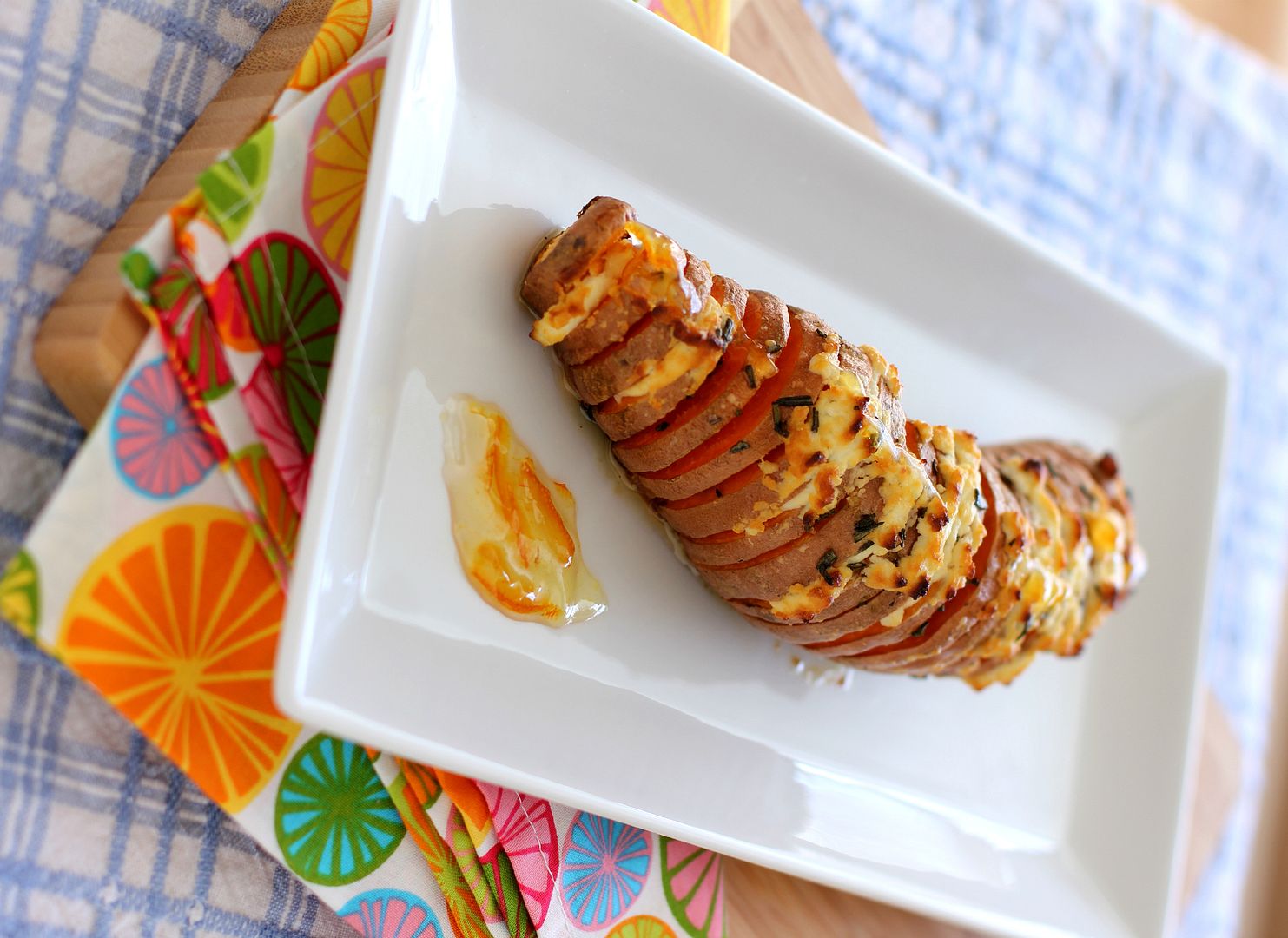
Once you’ve given a recipe a thorough reading and made any helpful notes, you need to sit down and visualize the steps of the recipe. Literally, sit there and picture yourself doing each step. Maybe this is starting to sound a little like a yoga class, but mentally walking through a recipe is one of the most important things I do to ensure my success. It’s during this exercise that I realize what order the prep work is best completed in, what techniques I’m unfamiliar with and might need to read more about, and what kitchen tools I should use in order to maximize my efficiency and minimize my workload.
Thinking through the recipe a few times also makes me feel like I’ve practiced the steps I’m about to tackle, which boosts my confidence and leads to better results in the kitchen.

These Hasselback Sweet Potatoes aren’t Hard Stuff; they’re actually pretty simple to prepare and boast a gorgeous flavor profile. But having never made Hasselback potatoes before, you better believe I was reading around online, comparing various recipes, and making a prep list for myself. After this bit of preparation, the dish practically flew together.
As I hoped, the orange rosemary butter, goat cheese, and smidge of warm orange marmalade glaze worked perfectly with the sweet potato to create a bold savory side dish. Do a little reading and a little visualization (and maybe even some yoga?) and then make yourself some sweet taters.
What tips for Cooking Hard Stuff would you offer other readers?
Hasselback Sweet Potatoes with Orange Rosemary Butter & Goat Cheese
Recipe by: Willow Bird Baking, inspired by A Cozy Kitchen’s Hasselback Potatoes
Yield: 2 sweet potatoes, 2-4 servings
These sweet potatoes are stuffed with delicate orange rosemary butter and goat cheese and drizzled with a touch of warm orange marmalade when they’re fresh from the oven. The result is a savory side dish with a hint of sweetness and a ton of bright flavor. Don’t fret if the butter and cheese needs to be smooshed into each slit in the potato and ends up a little messy — the finished product will be gorgeous.
Ingredients:
2 sweet potatoes, scrubbed clean
4 tablespoons butter, softened
1 tablespoon rosemary leaves, finely chopped
1/2 teaspoon orange extract
1/2 teaspoon orange zest (optional)
3/4 teaspoon honey
4 ounces goat cheese
1/4 teaspoons kosher salt (plus more for salting butter to taste)
1 tablespoon olive oil
1 tablespoon orange marmalade
Directions:
Make the Rosemary Orange Butter: Mix softened butter, orange extract, orange zest, finely chopped rosemary, and honey until well combined. Add salt to taste. Spoon butter onto a square of wax paper and gently form into a log. Wrap the log and place it in the freezer to firm up completely.
Prepare potatoes: Preheat the oven to 400 degrees F and cover a baking sheet with foil. Place a wooden spoon handle on either side of your potato and slice thin slices into it, allowing the spoon handles to stop your knife before you cut all the way through. Slice your cold butter into thin slices and stuff a sliver into every other slit in your potato. Stuff goat cheese into the other slits (some goat cheese will smear out onto the top of your potato and form a topping of sorts). Place the potatoes on the prepared baking sheet, drizzle each potato with 1/2 tablespoon of oil, and sprinkle with kosher salt.
Bake the potatoes at 400 degrees F for 45 minutes or until fork tender. Check halfway through and tent with foil if the goat cheese is beginning to brown too much. Remove the potatoes from the oven after baking and heat the orange marmalade in a small, microwave safe prep bowl for about 15 seconds. Drizzle half over each potato and serve immediately.
P.S. This dish will be entered in the North Carolina Sweet Potato Commission‘s No More ‘Mallows Recipe Contest. I love me some sweet tater and marshmallow casserole, but I also love that sweet potatoes pack a lot of savory potential.

See all the Cooking Hard Stuff Tips:
The Cooking Hard Stuff Challenge
Tip #1: Read and visualize the recipe.
Tip #2: Mise en place.
Tip #3: Make a schedule.
Tip #4: Try, try, try again — or share your success
If you liked this post, please:
–Subscribe to Willow Bird Baking
–Follow Willow Bird Baking on Twitter
–Follow Willow Bird Baking on Facebook
–Give this post a thumbs up on StumbleUpon
–Pin It

